Antonio Capelao
Born in Mozambique to Portuguese parents, Antonio's early life was steeped in a blend of cultures. As a teenager, he moved to Portugal, but his heart yearned for the design culture in London. Despite lacking formal training, his portfolio featured magazine clippings of his flat which impressed his university interviewer. This unconventional entry into the field ignited a passion for architecture. Later, a chance encounter with a fellow architect navigating a similar path led them both to a life-changing postgraduate course at London Met. There, Antonio explored the intersection of architecture and education, focusing on empowering primary school children through their interaction with the built environment.
I was born in Mozambique. My parents are Portuguese – we moved to Portugal when I was nine. I couldn't wait to come to London. I was always fascinated with English culture and the English language and all the design and the underground life that I would see in magazines or documentaries.
I was 18 when I came to study in London. But unfortunately I got ill after I arrived and it was really touch-and-go for a while. After that experience, I realised that what I really wanted to do was to see the world and to experience life rather than committing to anything. So that's what I did. I just traveled around the world and I went to lots of parties. I met loads of people, I traveled to many, many countries and I really enjoyed my life. But I started thinking, what is it that I really would like to do?
I was also very interested in the arts with my partner at the time. We set up a gallery. We represented artists from all over the world. I was working in New York, Toronto, Hong Kong, Singapore, Milan. So it was great fun. I wasn't really being creative though, I was just being creative with numbers and I wanted to actually make things. I said, okay, I can't really go straight back into architecture because it's been too long. I don't really want to be in the art world. I need to retrain.
My friend Cecilia found this great course at London Met led by Professor Maurice Mitchell. So we applied straight away, we got a scholarship for our fees. I decided to focus on architecture and education. I wanted to work with primary school kids and that's really where my passion and a lot of what I do at the moment started. It was thanks to that course at London Met that I found myself.
I loved the campus there at Whitechapel. There were people that I knew, some tutors that I knew from my Part Two in architecture at UEL. The course just had all those ingredients that could help me to develop and to move forward to the next phase. I met friends for life and I really enjoyed the course. I didn't feel worried that I was in a place where I was much older.
I found the London Met community very welcoming. I'm in touch with some of my professors and some of my colleagues. There were MA students from different groups – we used to get together or meet in the library. It was a very supportive and friendly environment.
"I think architecture is one of the most amazing things you can study because it's so encompassing, it's so detailed that you really broaden your perspective."
My MA project was about how to involve primary school kids in the design of primary school buildings. It was really exciting because our site was in Kathmandu. I worked with primary school pupils – their parents were brick factory workers. One of the main barriers was the language – I don’t speak Nepali and they don’t speak English. The way we communicated was through drawing and model making, and that was brilliant. These kids came up with amazing proposals. These were kids that didn’t want to come to school, and they’d be waiting for me at my house to come to school with me.
That project is what led to a lot of what I do now. I have a company called Architecture for Kids, a community interest company. In one of the projects, I work with Soho Primary School pupils and I get them to design the Christmas lights for Soho. The project is now on its fourth annual edition, and I take them through a process. We look at lighting, identity of place, and there's a third component that changes every year based on the local community. So one year was gastronomy, another year was fashion. This year it’s going to be migration.
I work with the whole school – it’s about coming together as a community and in celebration. The kids can see this process from concept to materialisation throughout the year. And that is fascinating. One of the parents was telling me in one of the switch-on events, 'my kid is six years old and he has a light displayed in London, in Soho in the centre of London. How amazing is that?'
I also teach undergraduate students at the Welsh School of Architecture in Cardiff. To be an architect is almost a unique thing and it varies from person to person. In terms of architecture as an industry and as a career, it's now changing dramatically because architecture is trying to reinvent itself for many reasons. One, to be more inclusive, another to be more diverse, and to design for the end user. So as an architect you can actually focus on community engagement, which is really what I'm doing. I am particularly focused with kids. It's kind of this idea that we are the designers or the architects, but the people or the end user, they're the local experts.
No matter how amazing it is where I go, I can't wait to come back to London.
I knew London was my place and when I got here, I just felt at home. And I've been here for over 30 years now. I can be on a beautiful beach somewhere in Sicily or Portugal or in Asia, but no matter how amazing it is where I go, I can't wait to come back to London. It's a very unique city. There is a lot of culture – more I think than anywhere else in the world. And there is the opportunity for you to be whatever you want to be. I think that is amazing because that just enables you to be free and to find yourself.

"If we are designing spaces for children, and children are part of the process, it’s amazing what interesting ideas they come up with. They’re very engaged, and I think it’s really exciting to work with them."
Read more about our postgraduate architecture courses
- Architecture RIBA 2 – MArch
- Architecture: Professional Practice in Architecture (RIBA 3) – PG Cert
- Architecture Apprenticeship (Level 7) (RIBA Part 2 and Part 3) – MArch
- Environmental, Sustainable and Regeneration Design MA


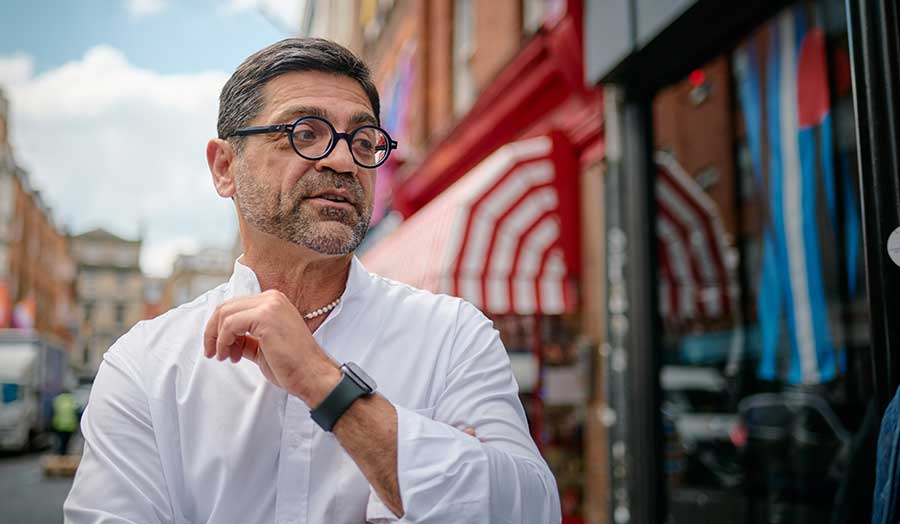
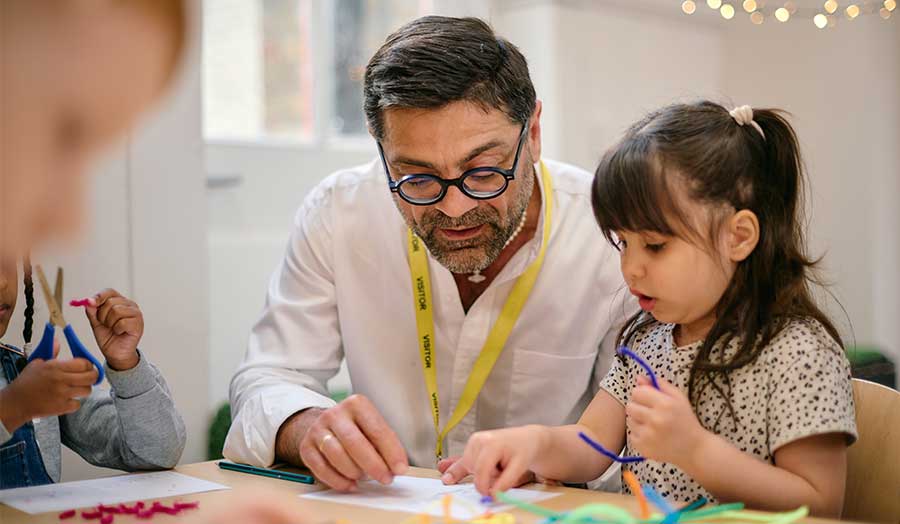

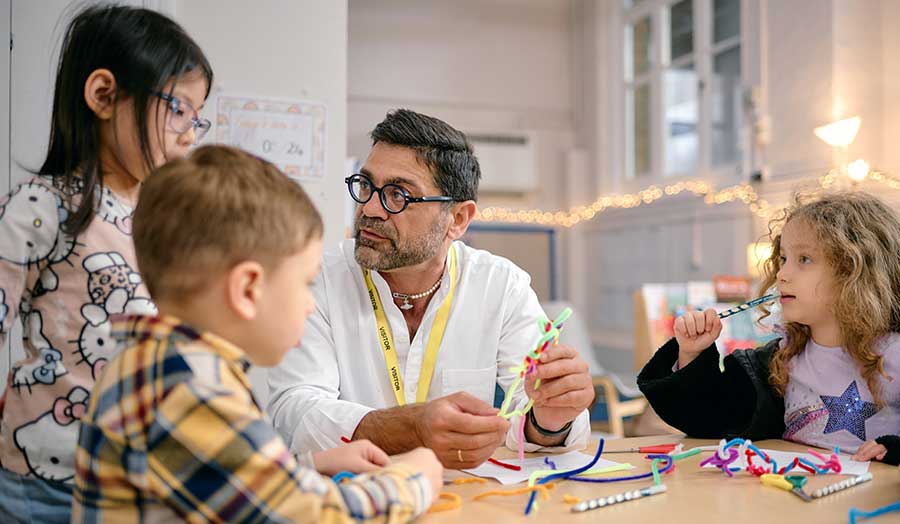


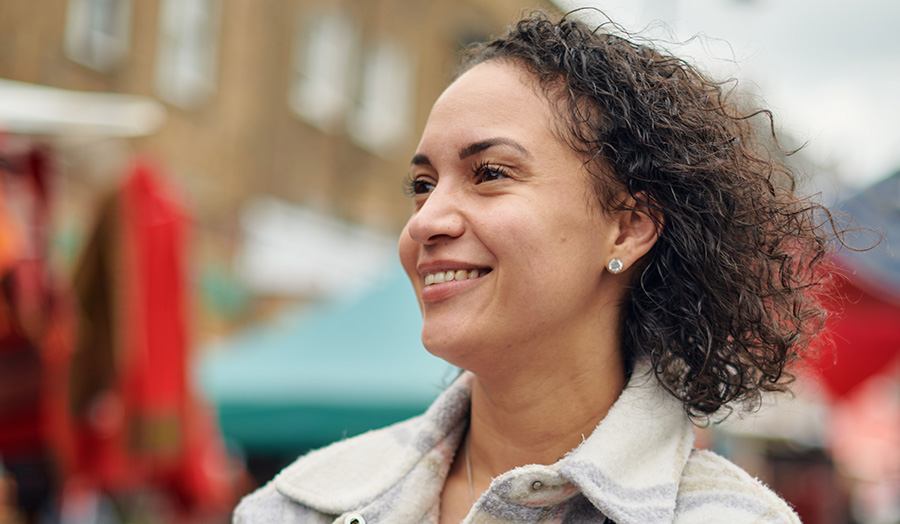
.jpg)
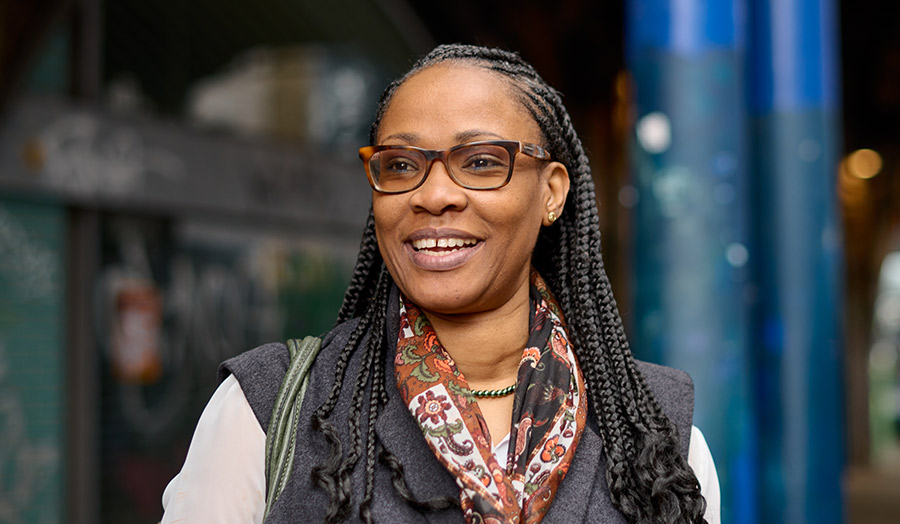
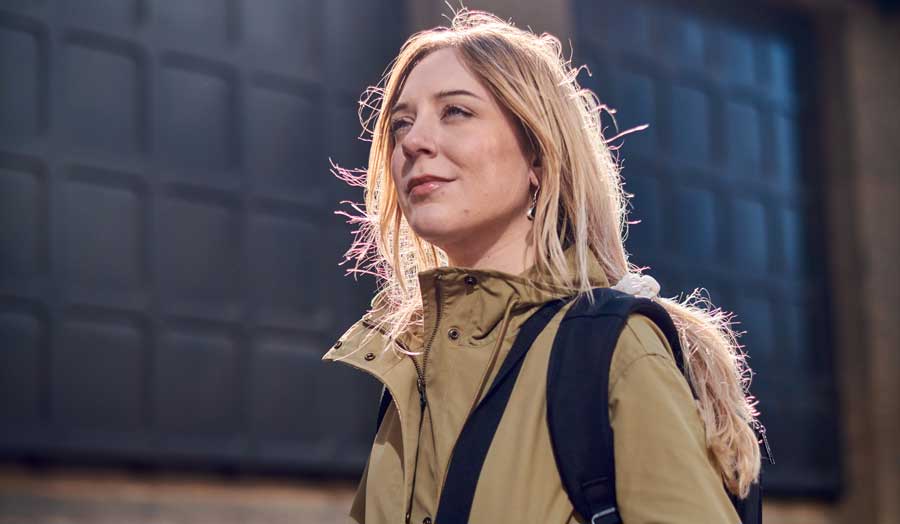
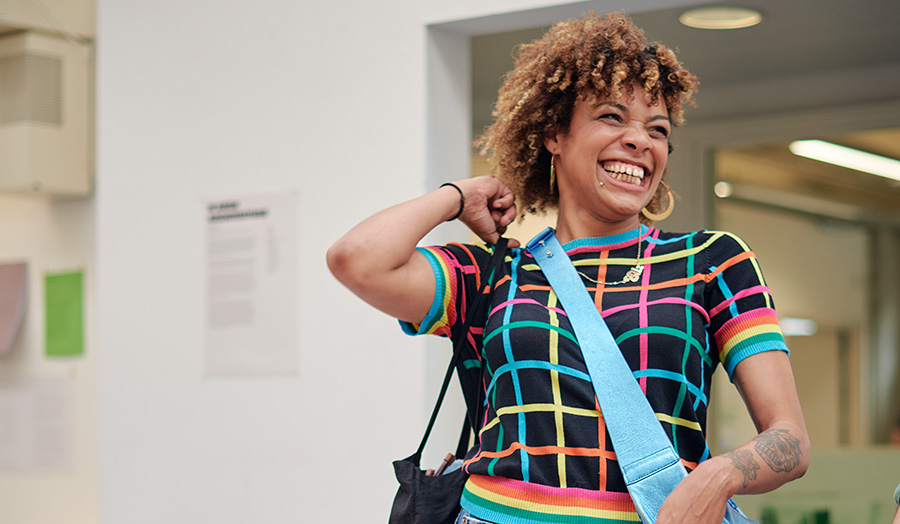


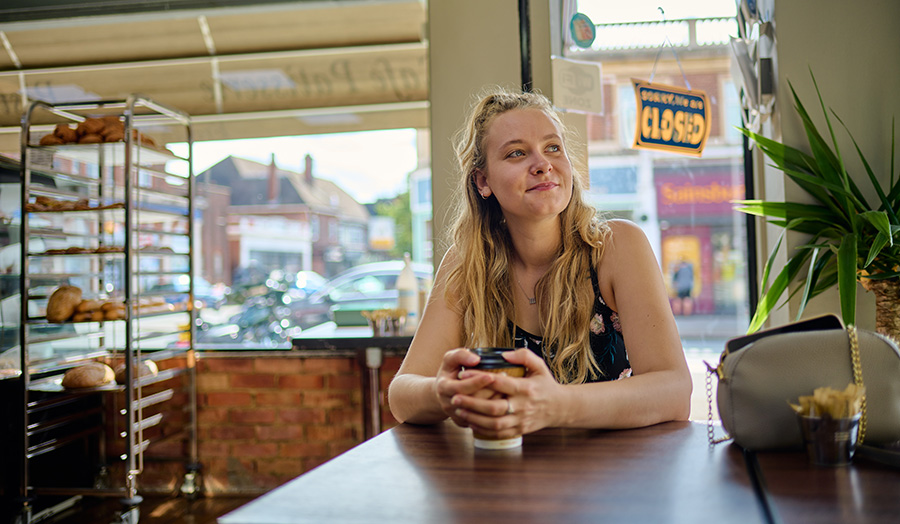
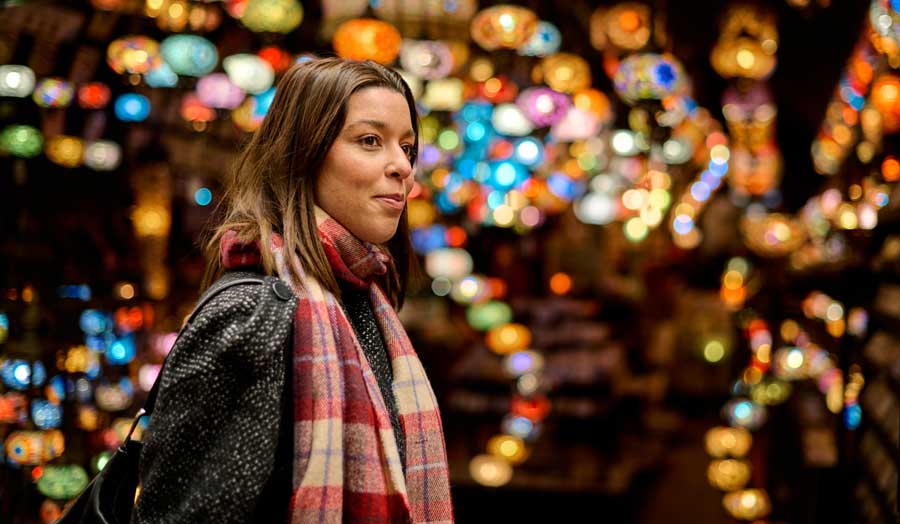

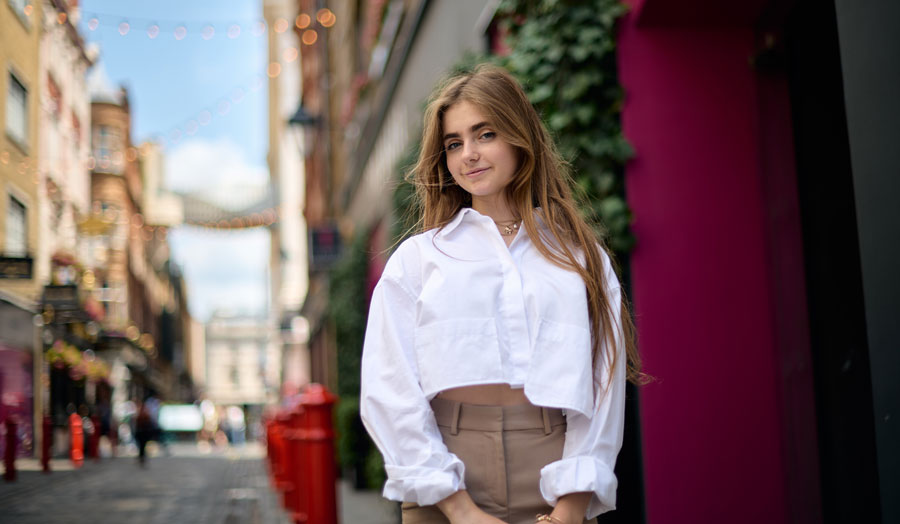
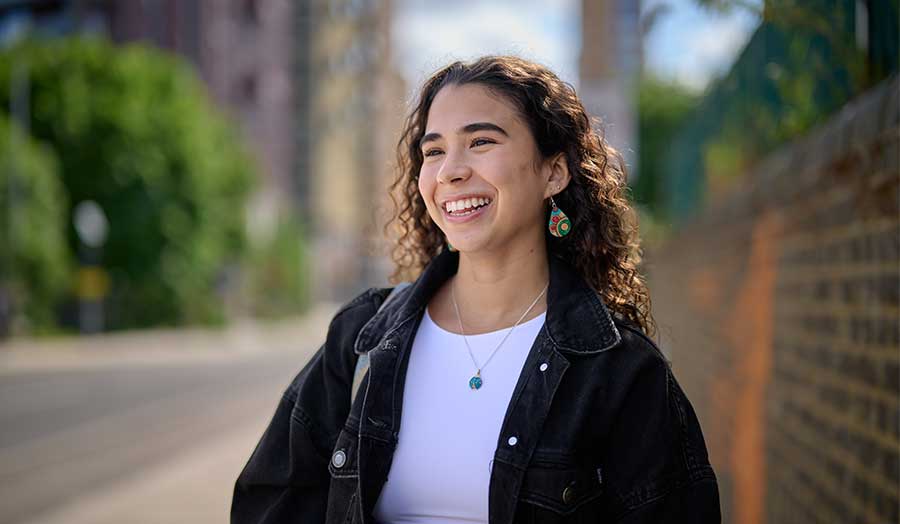

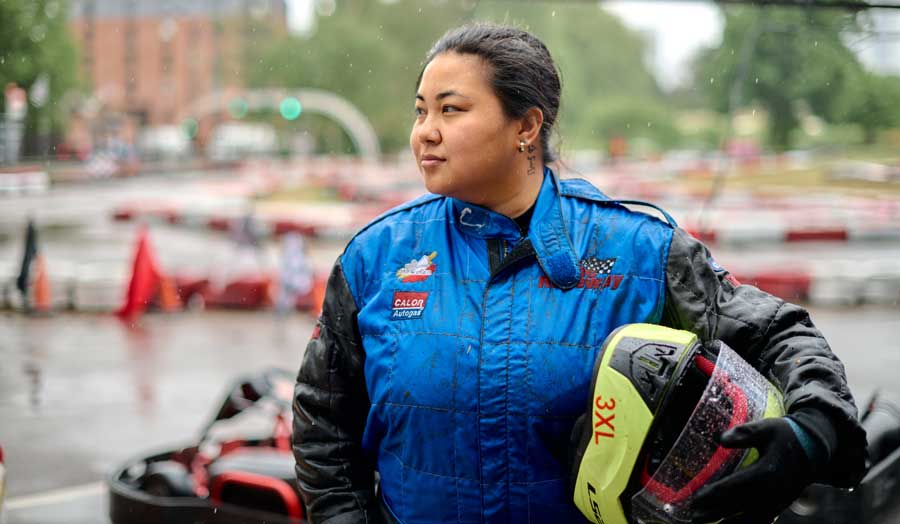
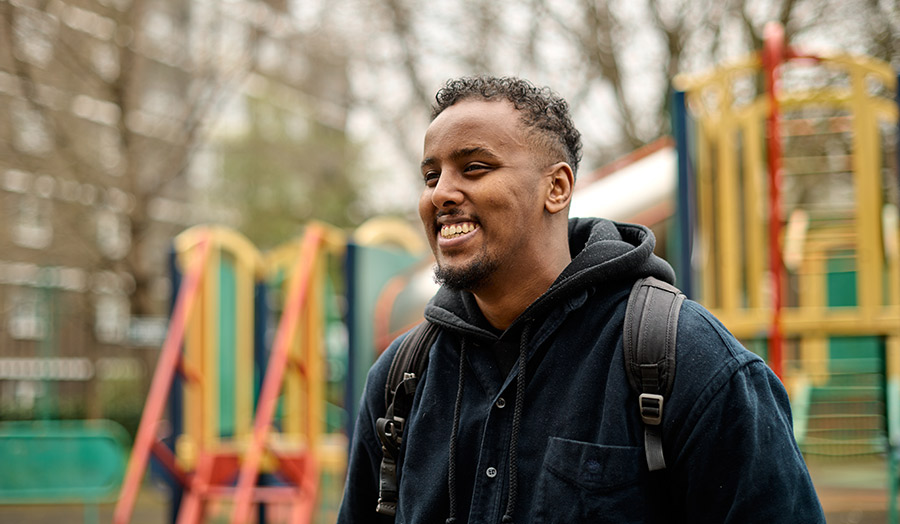
.jpg)
.jpg)
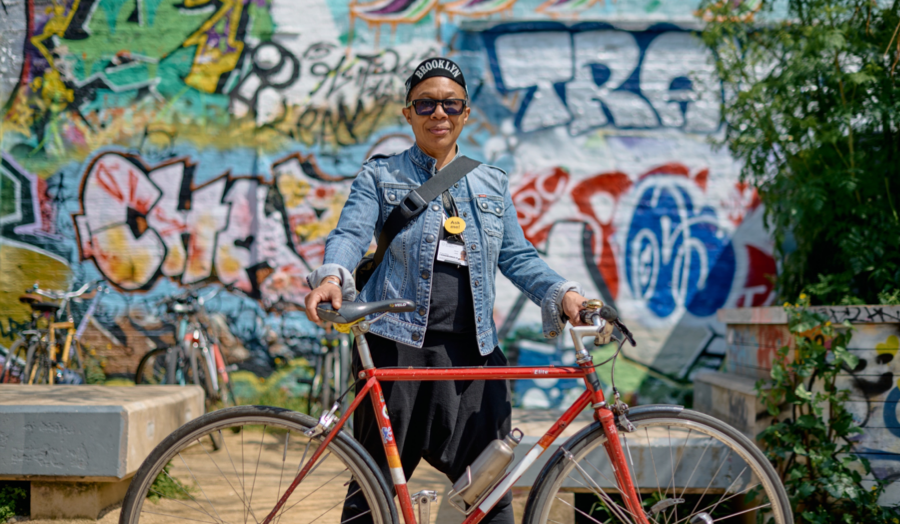
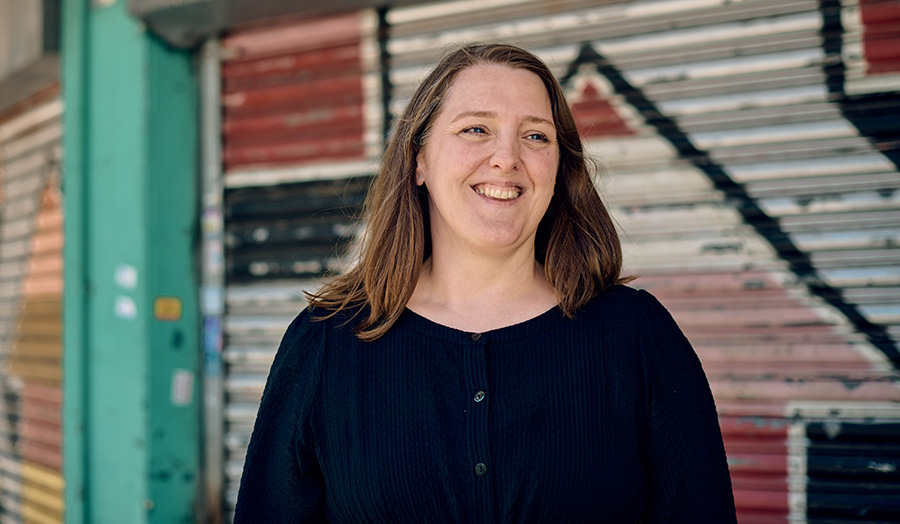

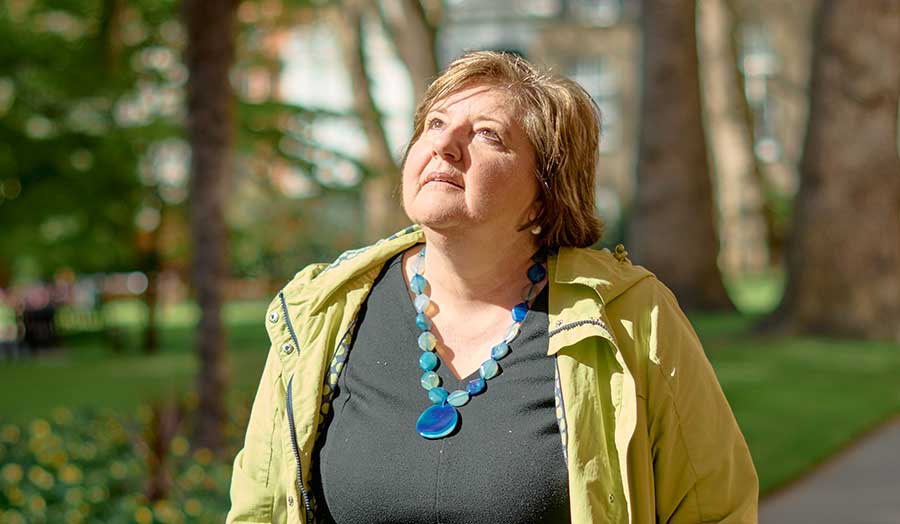
.jpg)